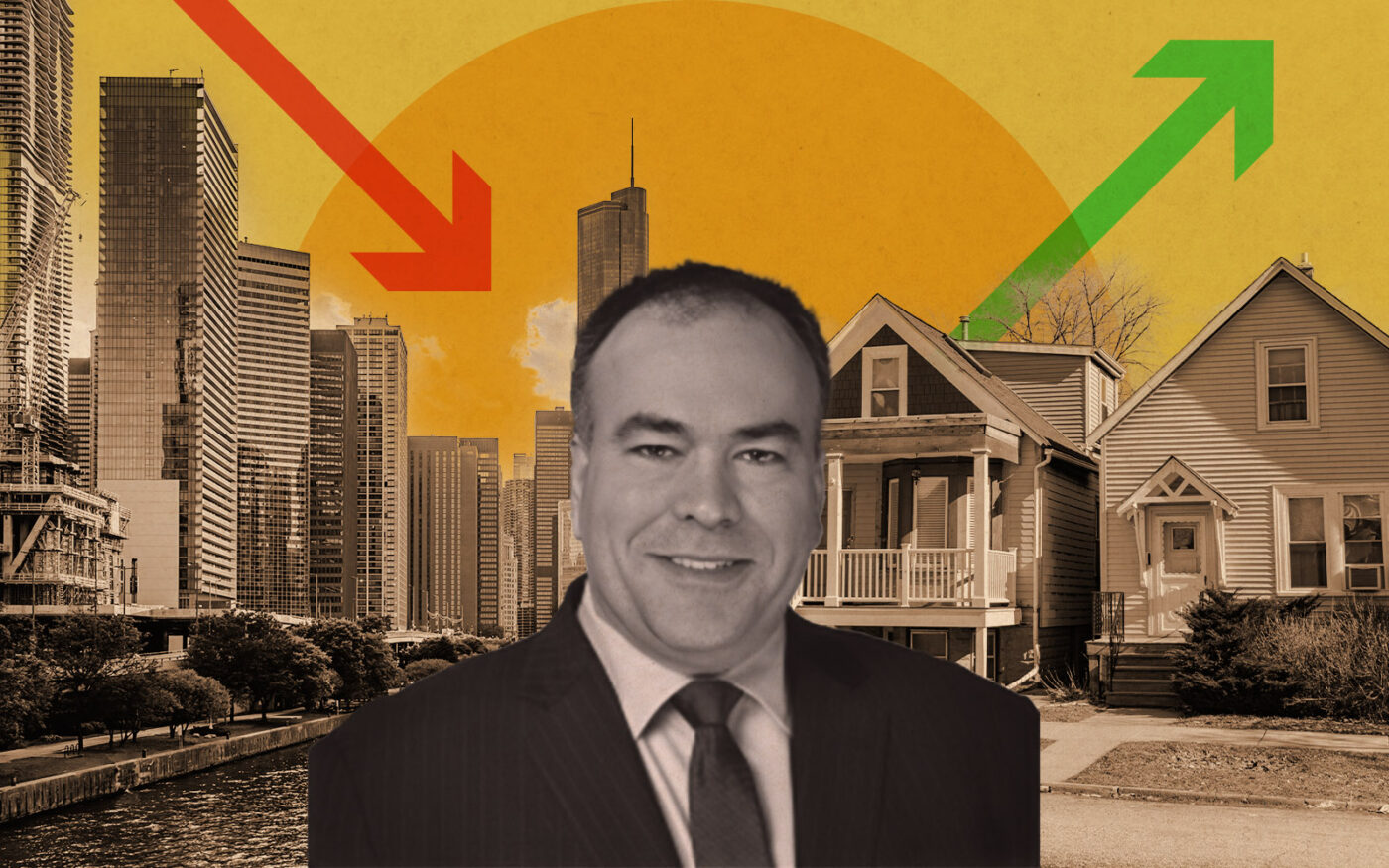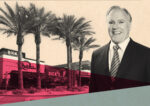
Trending
First Chicago property tax assessments show pandemic pain and gains
West Chicago, Rogers Park assessments give glimpse of Chicago’s pandemic aftermath

Commercial property owners and investors are eager to find out more about — and possibly dispute — Cook County Assessor Fritz Kaegi’s outlook on the real estate market in the aftermath of the COVID-19 pandemic.
Kaegi has so far released market values for West Chicago and Rogers Park properties. Data from these areas are giving industry-insiders a look at which neighborhoods and real estate sectors are seeing the biggest changes from the last tax cycle.
The data is updated every three years, with the last calculation in 2021, for the 2022 through 2024 tax years.
In 2021, the city was still in the early stages of understanding the impact that the COVID-19 pandemic would have on commercial real estate. Kaegi’s newly released data points to multifamily and industrial gains and some loss in office value, but less of a slump than some industry professionals expected.
“I am kind of surprised generally,” said Kevin Hynes, property tax lawyer and partner at O’Keefe, Lyons & Hynes. “Given the economy and everything we read … things aren’t as great as what the assessor may think.”
The assessor’s office painted a picture of give-and-take on assessments and rates.
“The multifamily and industrial sectors have experienced robust growth in market value over the last three years,” a spokesperson for Kaegi said. “Apartment buildings continue to see relatively steady rental growth and low vacancy rates, while construction of industrial properties such as warehouses and distribution centers have brought more value onto the tax rolls. This helps increase the tax base and drive down tax rates, benefiting all property owners in the city.”
In Rogers Park, industrial and multifamily values jumped by a cumulative 98 percent and 48 percent respectively, while office values saw a 32 percent increase when compared to last year.
Meanwhile, cumulative property values in more than a dozen neighborhoods in west Chicago, including the buzzing Fulton Market district, have increased by an average of 27 percent from last year.
The assessor’s first round of decisions could provide insights into what values will look like when Kaegi releases more data from other areas of the city including the Loop, where the office sector took the biggest hit post-pandemic.
How corresponding tax bills change will depend on how the rest of the city’s assets are valued and how much local governments charge property owners.
Amid the upheaval, Hynes is adopting a wait-and-see posture.
“At this point, these are the only townships in the city that have been released. I wouldn’t make any assumptions,” he said.
An analysis from The Real Deal found big changes among West Chicago township’s most valuable properties from Kaegi’s last go-round. The data compares the initial values Kaegi has released in 2024 to the initial values he gave properties in 2021, prior to any re-assessments or appeals.
Dramatic reductions to some of Kaegi’s commercial real estate estimates — particularly office buildings — were granted by the Board of Review during the previous assessment cycle through appeals filed by landlords, and it remains to be seen whether such claims will be successful again this time.
Here’s which properties have emerged triumphant from the pandemic so far and which ones took major hits.
Office
The highest valued property in West Chicago is still an office building, but its value likely says more about the sector’s “flight to quality” than the health of the office market overall.
For the second cycle in a row, the 601W Cos.-owned Old Post Office building, at 433 West Van Buren Street, took West Chicago’s top spot as its most valuable commercial property. In 2021, it was valued at $854 million, and this year, Kaegi valued it at $897 million, a 5 percent increase.
The property underwent an $800 million upgrade designed by Gensler and completed in 2019.
The Old Post Office was the only West Chicago office tower in the top five to see its value increase from last cycle.
“The downtown office sector has experienced a slowdown in market value over the last three years,” an assessor’s office spokesperson said. “The valuations reflect this change in the market, which has had less of an impact on trophy and Class A properties than Class B and C properties.”
Still, the Class A properties at 444 West Lake and 150 North Riverside lost about 10 percent in value when compared to Kaegi’s initial 2021 assessments, and 500 West Madison’s valuation plunged by about 25 percent.
The BMO Tower, at 310 South Canal Street, is an outlier among the five most-valuable buildings, because it was under construction during the last appraisal cycle. It is now valued at $532 million.
Multifamily
Unlike West Chicago’s top office buildings, the area’s five most-valuable multifamily properties have risen in value since the last appraisal cycle.
Multifamily has been a bright spot in Chicago’s commercial sector. Halfway through 2023, Chicago led the nation in rent growth, as prices jumped 3.6 percent year-over-year, tripling the national average.
Among the most-valuable properties in West Chicago, Presidential Towers, at 555 West Madison Street in West Loop, saw the biggest jump. The massive complex of multifamily towers doubled in value when compared to Kaegi’s last initial assessment, increasing from $223 million in 2021 to $446 million this cycle.
At 1 South Halsted, the property got a 35 percent valuation bump, and 365 North Halstead grew in value by 19 percent.
Any big jumps shouldn’t be cause for landlords or prospective buyers to panic about tax bills yet, said Kiser Group multifamily broker Andy Friedman.
“I think after the first round of Kaegi, people are not so scared about the assessed value delta,” he said.
But he added that some institutional buyers or lenders may take a more cautious approach to factoring in future tax bills and shy away from certain multifamily deals.
Industrial
West Chicago’s industrial properties benefited from an influx of interest in the past three years, as commercial property players saw the sector as a pandemic-proof investment.
Logistics Property Company is transforming an asset that once housed a People’s Gas warehouse into the city’s first two-story distribution center. Its value jumped by over 900 percent. It is now valued at $153 million, according to Kaegi’s initial assessment.
Similarly, Hilco Redevelopment Company constructed a Target Distribution Center at 3501 South Pulaski Road. As a result, the site’s value got a 500 percent boost, climbing to $113 million. However, the property is under an incentive program and will be taxed at a lower value than most commercial properties.
Although growth in the industrial sector could slow over the course of the next assessment cycle, it will play a crucial role in balancing the county’s budget when property tax bills get sent out.
Read more






